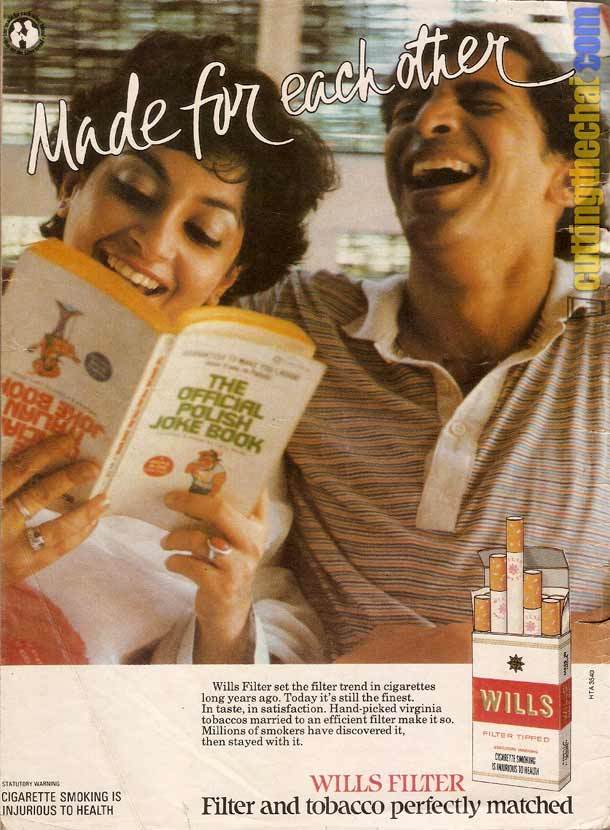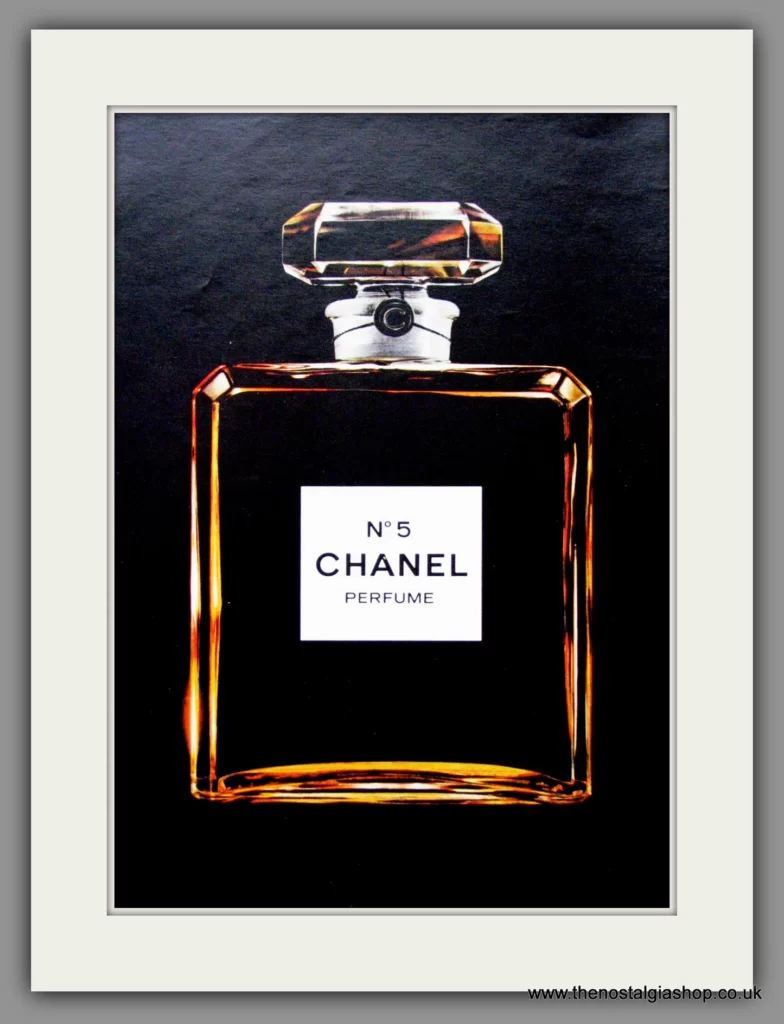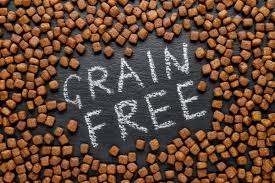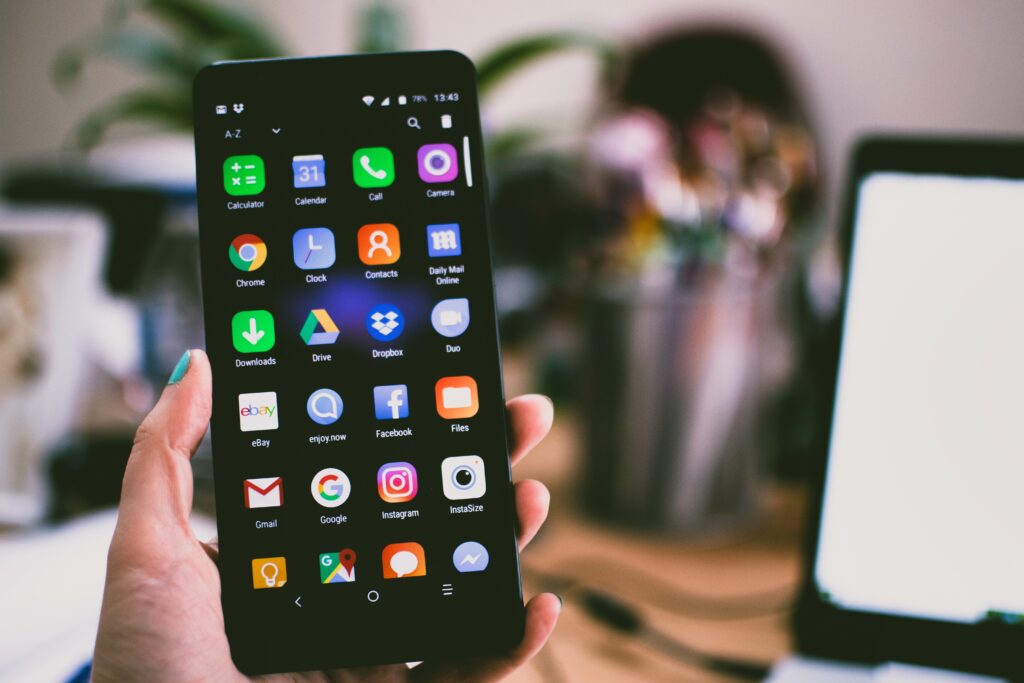Iconic Ads: Budweiser – Whassup!

At the time, Budweiser was talking to a generation of young (white) drinkers who had absorbed hip-hop culture full. Hence Whassup?
When a friend showed Vinny Warren a “super-grainy and deteriorated” VHS film of guys screaming “WHAAASSSSUP!” at each other over the phone in 1999, he thought he’d struck gold. The Irish-born creative director of Chicago-based ad agency DDB was still young enough “to be in touch with that youthful party spirit” at 32, and he believed the short was wonderful — despite the fact that it had “no clear joke,” he adds. “There was something “irresistible” about it.
Warren then had a thought: what if the guys were clutching Budweisers?
Charles Stone III wrote and directed the original short film titled TRUE. It was never meant to be a viral advertising sensation in the first place. Stone used it as a “calling card” to show Hollywood that he could tell a good story.
He was an up-and-coming director in 1999, seeking to create a name for himself in the industry. Until then, he’d largely shot rap/music videos, which were lacking in story. So he filmed a low-budget film with his friends doing what they’d always done: talking on the phone about nothing.
TRUE was warmly appreciated at “all the short-film festivals,” according to Stone.
Industry insiders began passing about a VHS copy of the picture, and Warren was eventually shown a super-grainy and deteriorated VHS copy of a copy of the film by an ad agency producer.
Warren became even more enthused about the film’s possibilities after witnessing the impact it had on those who saw it. “I couldn’t stop showing it to other (white) advertising professionals, and they all had the same reaction: every time we met, we’d yell ‘Whassup!’ and giggle. We couldn’t say no. On some levels, it was simply irresistible. I had a sneaking suspicion that if we did it perfectly, everyone in America would be yelling ‘Whassup!’ I’d put it to the test on my friends and coworkers in a small group setting. And no one was immune.”
The Presentation
Warren decided to pitch the idea to Anheuser-Busch executives.
August Busch IV spent the night in Chicago. It was October 1999, and Warren and the rest of the DDB crew were brainstorming Super Bowl 2000 concepts. In a hotel bar, the presentation took place.
“We showed him the TRUE film’s video, and he enjoyed it,” Warren explains. Busch, on the other hand, saw it as “simply another promising idea vying for funds and attention.” Warren explains that Budweiser and Bud Light had a long history of creating highly successful Super Bowl commercials by this point. “In the game, they had a standing order of five minutes of airtime,” he explains. “That’s a total of ten 30-second commercials for all of their businesses. Each and every year. As a result, they overproduced Super Bowl concepts.”
To put it another way, Busch liked the grainy, deteriorated VHS, but it didn’t stand out among the other concepts presented. However, it did have one distinct advantage: compared to other ideas, it was quite inexpensive to shoot.
DDB was given the go-ahead by Anheuser-Busch.
However, there was a snag. Before they called Charles to tell him, Warren had already sold the idea to the client. They had to locate down Charles Stone and inform and persuade him of the situation. Stone was persuaded by the offer of $50,000 plus recurring income and the opportunity to shoot the commercial film without artistic constraints.
The Budweiser commercial, like the original film TRUE, was shot in New York City.
The film was meticulously reconstructed, with a few subtle references to Budweiser thrown in for good measure. Warren and his crew were now waiting to see how it performed in the lab.
Selection for Super Bowl
DDB would create 30 to 40 ads for all of Anheuser Busch’s brands before Super Bowl. The client would then evaluate the completely produced and edited TV commercials for ‘likability,’ or which ones were the funniest, and choose the ads with the highest scores to show during the game.
The top ten best ideas would be chosen three months after the original pitch to air during the Super Bowl. “It was critical to get your ad in that collection,” Warren explains. “And because A-B always had the very first commercial spot (the so-called ‘1A’ spot) within the game, the spot that tested the best automatically ran during that coveted 1A slot.”
“Whassup?” was one of the ten chosen, but it didn’t win the 1A position. Now QWarren had to wait to see when “Whassup?” would air in the game this time.
“Let’s assume the game is a one-sided slaughter, and everyone knows it by halftime,” Warren continues, “and this section is equally nerve-wracking.” As a result, the game’s (and your ad’s) interest may deteriorate. It simply flows out. When you’re viewing it, you can sense it. Either the halftime show or both are terrible. In the second half, advertising real estate may lose value in terms of viewers who are glued to their displays. The contrary is also true: commercials that air in the fourth quarter can benefit from a nail-biting conclusion. Never say never.”
The first half had passed, and “Whassup?” had yet to be seen.
Fortunately, the 2000 Super Bowl was widely regarded as one of the best Super Bowls ever. At halftime, the St. Louis Rams led the Tennessee Titans by nine points. After a second-half comeback by the Titans, the game was decided by a last-second goal-line tackle, which earned it the title of “The Longest Yard” in the NFL’s Greatest Games series and gave the Rams their first Super Bowl victory. Phil Collins, Christina Aguilera, Enrique Iglesias, and Toni Braxton performed at the halftime show, which was a big smash.
After that, shortly after halftime, “Whassup?” was played.
“The energy was pretty good after the halftime show,” Warren remembers, “and it turned out my Bud ad was just the right thing in that environment.”
Viral before Viral
The stars aligned for “Whassup?” to be a Super Bowl commercial hit, but Warren claims he had no idea what would follow.
“We weren’t wholly astonished when it was a hit. It was more of a relief sensation. That was the game we were in — we were going to be on the Super Bowl, and the Anheuser-Busch client generally won the USA Today vote for best ad of the big game, which was crucial to them” Warren recollects.
The purpose of the advertisement, according to Warren, was to “get American beer drinkers shouting Whassup? at each other,” but he was astonished by all the online engagement it got.
“It was a true worldwide viral sensation.” We arrived at the appropriate time — everyone had email by then, and ‘Whassup?’ had already moved around the world via email, which was a novel concept at the time.”
In March 2000, roughly a month after the Super Bowl, Warren returned to his hometown of Galway, Ireland. “The first night I returned home — at midnight — all the young drinkers stumbled out of the taverns onto the town square, shouting Whassuuuuup! at each other. He says, “I couldn’t believe it.” “It was a terrific rush and a little cool at the same time.” I hadn’t anticipated the internet viral effect… the commercial had clearly aired on the internet in Ireland. Without spending a dime to broadcast it on television, everyone already knew and liked it.
Warren has a notion as to why “Whassup?” was so popular: “At the time, we were talking to a generation of young (white) drinkers who had absorbed hip-hop culture full.” Eminem had just released his new album. Everyone admired African-American culture. White individuals in the Midwest were attempting to imitate the Compton accent. As a result, this was embraced. And a Budweiser commercial featuring black men was going to raise a sensation, but our timing was perfect. We had the support of the younger generation.



